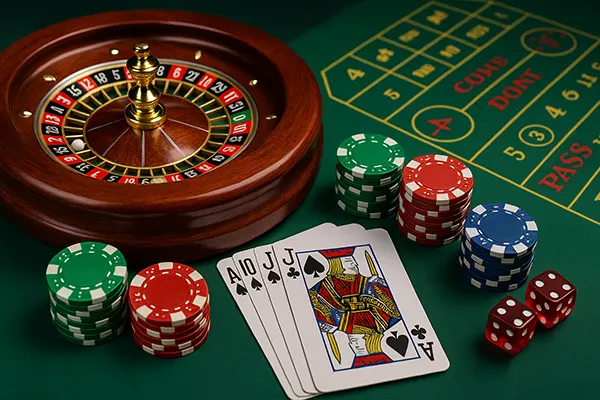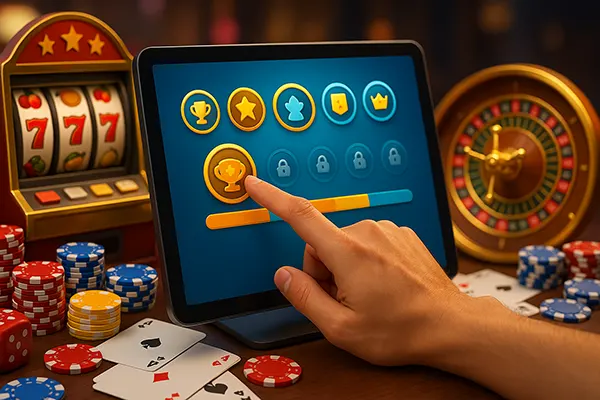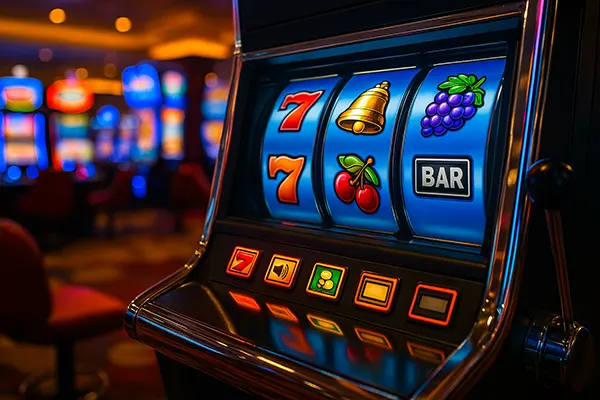How to Combine Strategies for Baccarat, Blackjack and Craps in a Balanced Casino Session

When visiting a land-based or online casino, many players limit themselves to one game. However, combining strategies from different table games can create a more structured, engaging, and potentially rewarding gambling session. Baccarat, Blackjack, and Craps each offer distinct odds, rhythms, and player decisions that can complement each other when used together with purpose. This article outlines how to effectively blend these games for a balanced approach, focusing on strategy rather than luck alone.
Understanding the Core of Each Game
Baccarat is a game of chance with minimal decision-making, but it rewards those who understand betting patterns. The two most popular bets—banker and player—carry house edges of around 1.06% and 1.24%, respectively. Knowing when to switch between them or stick with a streak can help preserve bankroll and reduce variance.
Blackjack offers players the most strategic depth of the three. Optimal play requires understanding the basic strategy chart, managing card counting (where legal), and adapting to table conditions. Unlike Baccarat, Blackjack allows control over every hand, giving skilled players a long-term advantage when combined with strict bankroll rules.
Craps is energetic and multifaceted. While some bets carry high risk, others like Pass Line or Don’t Pass provide some of the best odds in any casino. Smart players avoid proposition bets and stick to wagers with low house edges, like placing bets on 6 or 8. Managing betting progression carefully can make a difference across a full session.
Advantages of Game Diversification
Each game imposes different mental demands and time commitments. Alternating between them prevents fatigue and promotes sharper decisions. For instance, after a mentally intense Blackjack run, a few calmer rounds of Baccarat can help reset focus. This variation contributes to better decision-making and prolonged sessions.
Diversification also spreads risk. If one game turns cold, the player can temporarily shift to another with better momentum or personal performance. This reduces tilt and promotes emotional control, which is crucial for long-term success in gambling.
Finally, each game enhances different skill sets. Blackjack improves memory and focus, Craps rewards probability estimation and timing, and Baccarat sharpens bet sizing and trend observation. Over time, players who cycle through these games gain broader experience and increased self-discipline.
Establishing a Bankroll Plan for Mixed Sessions
Entering a session with three games in mind requires structured bankroll management. Divide funds into three segments based on planned time or comfort level with each game. For example, a €300 bankroll might be split €100 each, allowing flexibility without risking the entire amount on one streak of poor outcomes.
Set loss limits and profit targets for each segment. This prevents chasing losses and creates stopping points that support responsible play. If a game is performing well, it’s tempting to reallocate bankroll on the fly, but staying within the set structure encourages discipline.
Track performance separately for each game. Keeping mental or written notes about outcomes helps to identify trends in your own decisions rather than just relying on the game’s volatility. Over time, this can guide adjustments in bankroll allocation and time spent on each game type.
Balancing Emotion and Logic
Strategic play isn’t just about numbers—it requires emotional regulation. Shifting between games when emotions are high can be risky. Instead, take short breaks to refocus before engaging in a different game environment. This prevents hasty decisions and enhances clarity.
Each game has its own tempo. Blackjack’s fast decision-making contrasts with Baccarat’s slower pace and Craps’ community interaction. Switching too quickly between them can lead to confusion or mental overload. Always ensure a pause between transitions to recalibrate your approach.
Players must also watch for emotional bias toward a specific game. Winning previously at Craps, for example, doesn’t guarantee similar outcomes later. Logic should guide your decisions—if your strategy aligns better with Blackjack today, shift your focus accordingly.

Creating a Personalised Play Routine
Instead of choosing games impulsively, structure the session like a workout routine. Begin with a warm-up—perhaps Baccarat, with its simple decision points. This eases the mind into gameplay without immediate pressure. Then move into more active games like Blackjack or Craps, where focus and timing are essential.
After one cycle, evaluate your results and mindset. This self-check can determine if it’s worth continuing or pausing. Not every session requires playing all three games; rather, the aim is flexibility within a stable routine that prioritises engagement and strategy.
End sessions with low-stress games to avoid burnout. Baccarat is again a suitable candidate due to its low intensity. This helps reinforce calmness, especially if you’re closing after a winning streak or managing a modest loss. Structured sessions lead to higher enjoyment and fewer regrets.
Refining Your Approach Over Time
No strategy works forever without adaptation. Players who log outcomes and review decisions improve their skill sets across all three games. Over time, you’ll find patterns in your own discipline, decision-making, and emotional thresholds.
Consider joining online communities or tracking discussions on responsible gambling forums to compare approaches. While strategies may differ, sharing insights on how others manage multi-game sessions can inspire improvements in your own system.
Lastly, use sessions not just to win, but to learn. Every mistake holds value if it leads to more refined strategies. The combination of Baccarat, Blackjack, and Craps is not about chasing jackpots—it’s about constructing a thoughtful and consistent play style built on knowledge and control.




